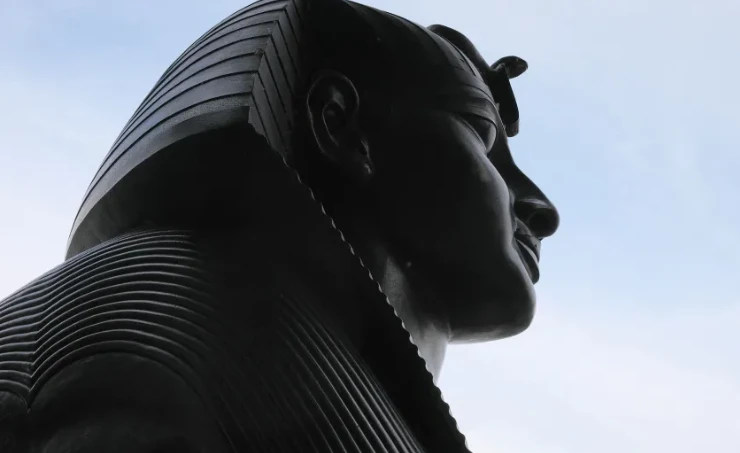
Thanks to CT scans, experts managed to recreate the face of the ancient Egyptian pharaoh Ramses II from his mummy
Ramesses II, or Ramesses the Great as he was also known, was an ancient Egyptian pharaoh who ruled for 66 years during the 19th Dynasty, and was possibly the biblical pharaoh who persecuted the Israelites in the Book of Exodus.
Portrayed as a handsome man in many statues and drawings, he may have died at 90, but now you have a good idea of what he may have looked like in his prime around 45.
The Face Lab at Liverpool John Moores University and a radiologist and Egyptian mummy expert have teamed up to “digitally unwrap” his mummy to reveal the face of Ramesses II.
To recreate the pharaoh’s face, Cairo University’s head of radiology, Dr. Sahar Saleem, reprocessed old CT scans of the mummy she had taken between 2005 and 2009, then used modern software to create a 3D model. of his head.
“The software identifies the properties of the various layers of materials on the mummy’s face, such as the linen bandages that cover it, and allows for the digital unfolding of the pharaohs,” Professor Sahar Saleem of El University told Auntminnieineurope. Cairo.
“Visualization of fine facial features, such as ear piercings and hairstyle, was also made possible by state-of-the-art image reconstruction software,” Saleem says.
Face Lab then used this to create an approximation of what Ramesses II would have looked like, using software designed to be used in forensic investigations.
The software adds layers of muscle and tissue to the bones below, giving a surprisingly accurate description of what a person looks like; By providing CT scans of the skulls of living people, the team can compare their approximation with reality.
For Ramesses II, the team had additional help as the mummification preserved additional clues, such as hair patterns. The team consulted with experts in Egyptology for help with skin, eye and hair colors based on what Ramesses would most likely appear to be.
In addition to an image of Ramesses II at the time of his death, the team was able to produce approximations of what he would have looked like in an earlier age.

